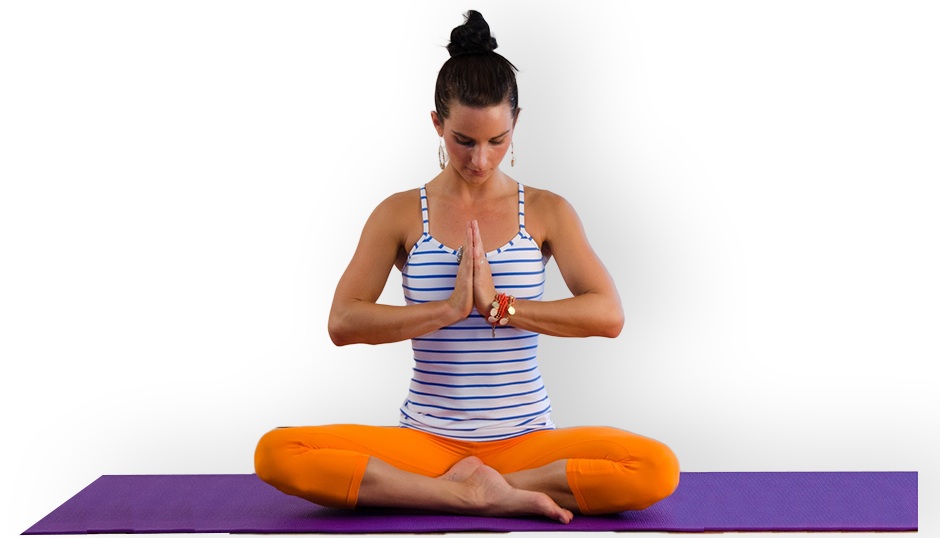Respiration is a two way process. It is the system of supplying oxygen to every cell in the body and then transporting carbon dioxide, the waste product of respiration out of the body.
The lungs have the all important function of drawing in the oxygen, moving it into the blood stream, extracting the carbon dioxide from the blood stream and removing it from the body.
Interesting facts:
- Healthy lungs take in about ½ litre of air about 12-15 times each minute.
- All of the blood in the body is passed through the lungs every minute.
Although respiration starts in the nose as we draw the air in through our nostrils it is initiated by the breathing muscles of the diaphragm, ribs and abdomen As the chest expands empty space is created in the lungs which forces us to take a breath and fill up the vacuum. When the air reaches the lungs the passages carrying it divide into smaller and smaller tubules and finally culminate in small round bubble-like structures called alveoli. It is here in the alveoli that the oxygen is extracted and placed in the blood stream.
To exhale we again use our respiratory muscles of the diaphragm, abdomen and rib cage and squeeze the lungs to force out the air. At exhalation, carbon dioxide from the blood diffuses into the alveoli and is breathed out.
Interesting fact:
- Alveoli are smaller than grains of salt, with approximately 300 million alveoli in each lung.
The lungs not only supply oxygen and remove carbon dioxide they also remove other bodily wastes and toxins and defend against hostile intruders.
The lungs have thirty six distinct types of cells. Some of these cells scavenge foreign matter. Other cells have hair-like projections called cilia that sweep the mucous membranes lining the smallest air passages. Some cells act on blood pressure control, while others spot infectious invaders
Interesting fact:
- The lungs are not like two balloons which fill up with air. They are like two sea sponges, highly elastic with a porous, spongy texture.
THE VALUE OF COMPLETE YOGA BREATHING
It is said that the lungs are similar to the brain in that we only use a small percentage of their full potential. In other words most people are habitual shallow breathers.
- Complete breathing gives us more energy. The deeper our breath the more oxygen reaches our cells. At the cellular level oxygen is used for energy release.
- Complete breathing helps us to think more clearly. The brain is hungry for oxygen, it feeds off it. In fact, 25% of the oxygen intake is sent to the brain.
- Complete breathing assists our immune system and helps to lower our heart rate.
- Complete breathing also relaxes us, giving us a good night’s sleep and is a great way to cope with stress.
The ability to take a complete breath can be hampered by tightness around the shoulders, back, chest and abdomen. Yoga asanas stretch and strengthen these areas and encourage deep full breathing. When asanas are performed without conscious relaxed breathing their full health potential is lost and they simply become athletic exercises. Practice complete yoga breathing throughout the day until it becomes your natural breath and as often as possible treat yourself to fresh clean air to breathe.
